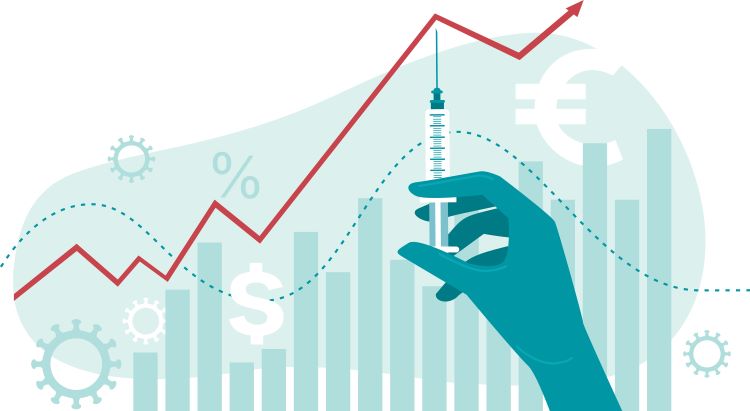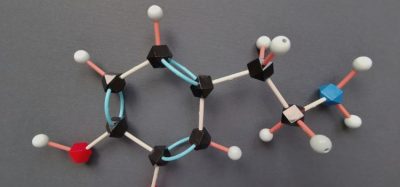First COVID-19 impact report on global vaccine markets
Posted: 18 November 2022 | Catherine Eckford (European Pharmaceutical Review) | No comments yet
A 2022 WHO report is the first to portray COVID-19’s impact on the global vaccine market, identifying that lower-income countries struggle to access critical vaccines.


The World Health Organization (WHO)’s Global Vaccine Market Report 2022, the first report to examine the impact of COVID-19 on the global vaccine market, shows that inequitable distribution is not unique to COVID-19 vaccines, with poorer countries consistently fighting to access vaccines in demand by wealthier countries.
The WHO stated limited vaccine supply and unequal distribution is driving global inequalities. The human papillomavirus (HPV) vaccine against cervical cancer has only been introduced in 41 percent of low-income countries (LICs), despite representing most cases of the virus, compared to 83 percent of high-income countries (HICs).
The report found affordability was another obstacle to vaccine access. While prices tend to be tiered by income, price disparities mean middle-income countries (MICs) are paying the same or even more than wealthier countries for several vaccine products.
“The right to health includes the right to vaccines,” commented Dr Tedros Adhanom Ghebreyesus, WHO Director-General. “And yet this new report shows that free-market dynamics are depriving some of the world’s poorest and most vulnerable people of that right. WHO is calling for much-needed changes to the global vaccine market to save lives, prevent disease and prepare for future crises.”
COVID-19’s impact on vaccine access
The document showed that in 2021, approximately 16 billion vaccine doses, worth $141 billion, were supplied across 47 vaccines and 94 manufacturers. This is almost three times the 2019 market volume (5.8 billion), nearly three-and-a-half times the 2019 market value ($38 billion). This surge was primarily driven by COVID-19 vaccines, demonstrating the potential of rapid vaccine manufacturing scale up in response to health needs. For instance, a process lasting an average of ten years but never less than four years was compressed to 11 months.
WHO noted that although manufacturing capacity worldwide has grown, it continues to be highly concentrated. Ten manufacturers globally provide 70 percent of vaccine doses (excluding COVID-19). Several of the top 20 most extensively used vaccines, such as vaccines containing PCV, HPV, measles and rubella, currently rely primarily on two suppliers. It observed that this concentration can create the risk of shortages and regional supply insecurity.
Achieving Immunization Agenda 2030 goals
The report highlighted opportunities for more alignment of vaccine development, production and distribution with a public health agenda, towards achieving the Immunization Agenda 2030 (IA2030) goals and informing pandemic prevention, preparedness and response efforts.
To drive ambitious action to deliver equitable vaccines access, the report called on governments to:
- Support the development of clear immunisation plans, more aggressive investment and stronger oversight of vaccine development, production and distribution
- Act on regional research and manufacturing hubs
- Pre-agree rules for government collaboration during shortages on vaccine distribution, intellectual property and the circulation of inputs and goods.
The report recommended that the industry focuses research efforts on WHO priority pathogens, ensuring transparency, facilitating technology transfer and committing to specific equity-driven allocation measures. It encouraged international organisations and partners to prioritise IA2030 goals, support country-driven initiatives and push for the application of resolutions on market transparency.
Related topics
Biologics, Biopharmaceuticals, Drug Development, Drug Manufacturing, Drug Markets, Drug Supply Chain, Manufacturing, Production, Vaccines









